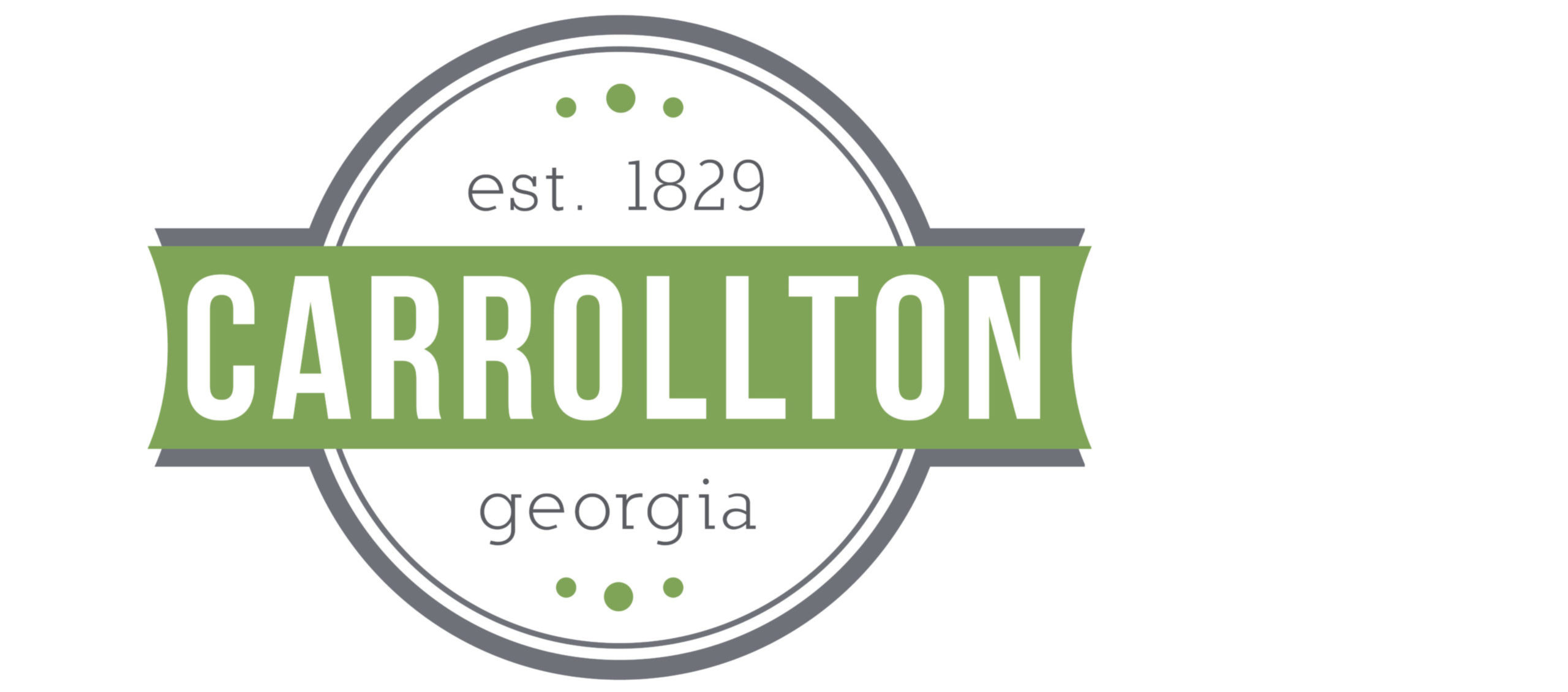Carrollton’s Water Department is committed to providing our customers safe, reliable and affordable drinking water in which you can have confidence.
The water that leaves our treatment plants is lead-free. There are no known lead pipes in the utility-owned portion of our system. But, lead can get into the water as it moves through customer-owned lead pipes, or faucets and fixtures that have lead components. In 2021, the EPA updated its Lead and Copper Rule, which focuses on finding lead in drinking water. It added new measures aimed at lowering potential exposure to lead from plumbing. The EPA now requires water providers to help identify and catalog the material of all service lines/lateral (the lines that connect our water mains to customer homes and businesses) they supply.
The City of Carrollton’s new Water Service Line Material Identification Program is in response to the new rule. We are developing a service line inventory throughout our system to identify areas where lead and galvanized iron lines may exist. Water mains are not made of lead, but service lines could be made of lead, copper, galvanized steel or plastic.
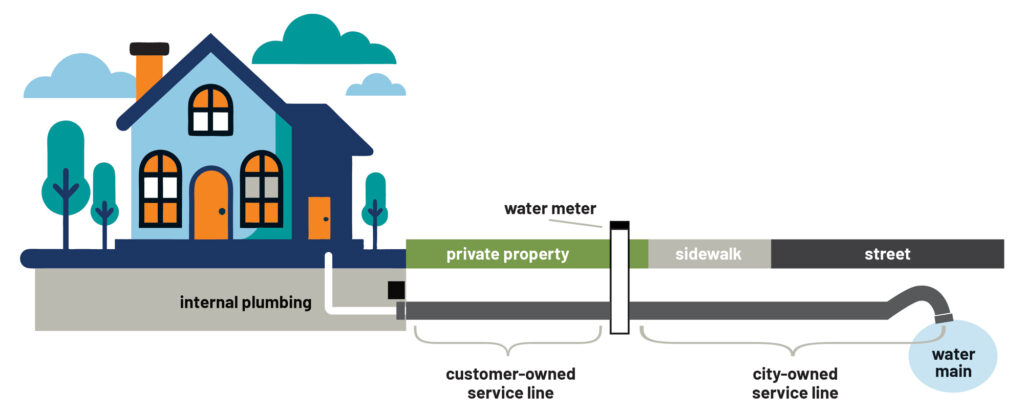
We are asking all customers who own structures built in 1989 or earlier, to check the water service line in their homes or businesses following the steps below.
First, collect these materials:

Locating your service line:
Locate the water service line entering the building. You can access your service line material where it enters your home, typically in your basement or crawl space near the water shut-off valve. Identify a test area on the pipe between where it enters the building and the valve. If the pipe is covered or wrapped, expose a small area of metal.
Follow these steps unless your service line appears to be made of PVC. If PVC, proceed to step 3 and submit your self-identification form online.
Step 1:
Scratch the surface of the pipe. Use the flat edge of a screwdriver to scratch through any corrosion that may have built up on the outside of the pipe.
Step 2:
Compare your pipe to the chart below. Each type of pipe will produce a different type of scratch, react differently to the magnet, and produce a unique sound when tapped with a metal coin.
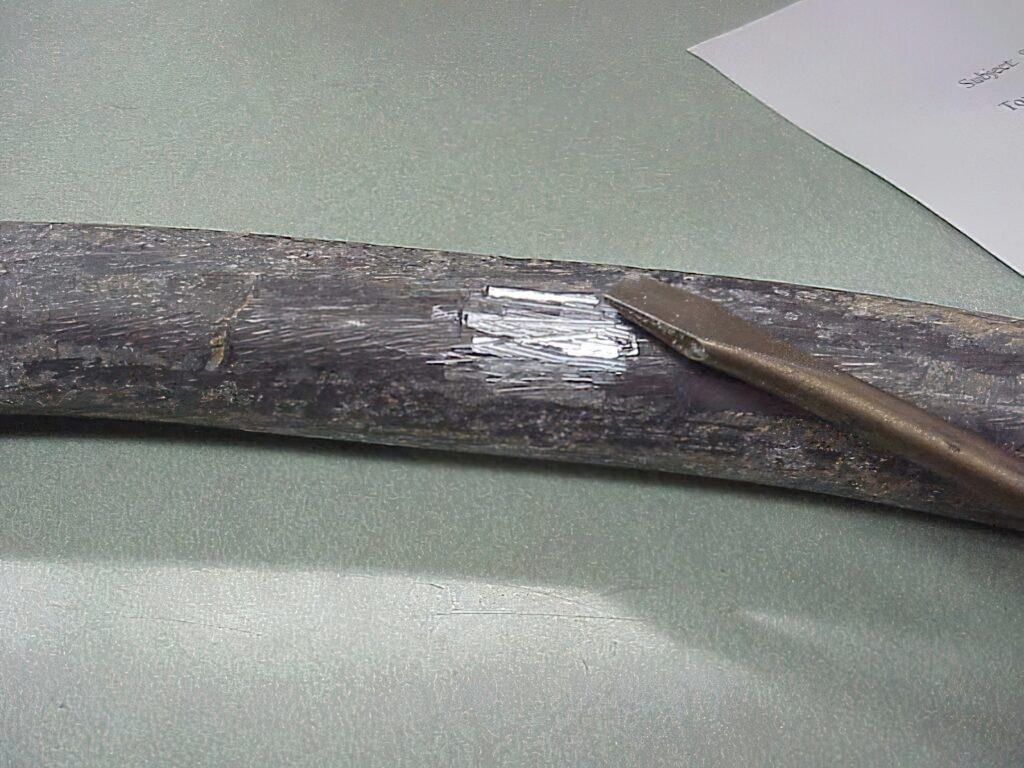
Scratch Test – The scraped area is shiny and silver
Magnet Test – The magnet will not stick to the pipe
Tapping Test – Tapping a coin produces a dull noise
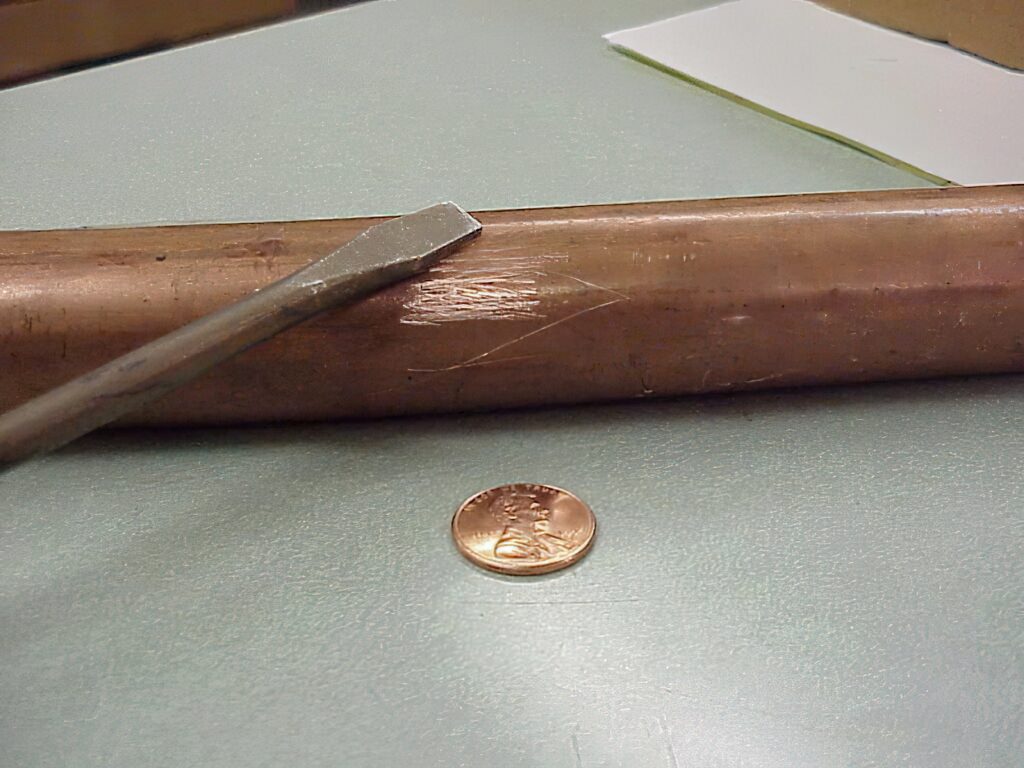
Scratch Test – The scraped area is copper colored
Magnet Test – The magnet will not stick to the pipe
Tapping Test – Tapping a coin produces a metallic ringing noise
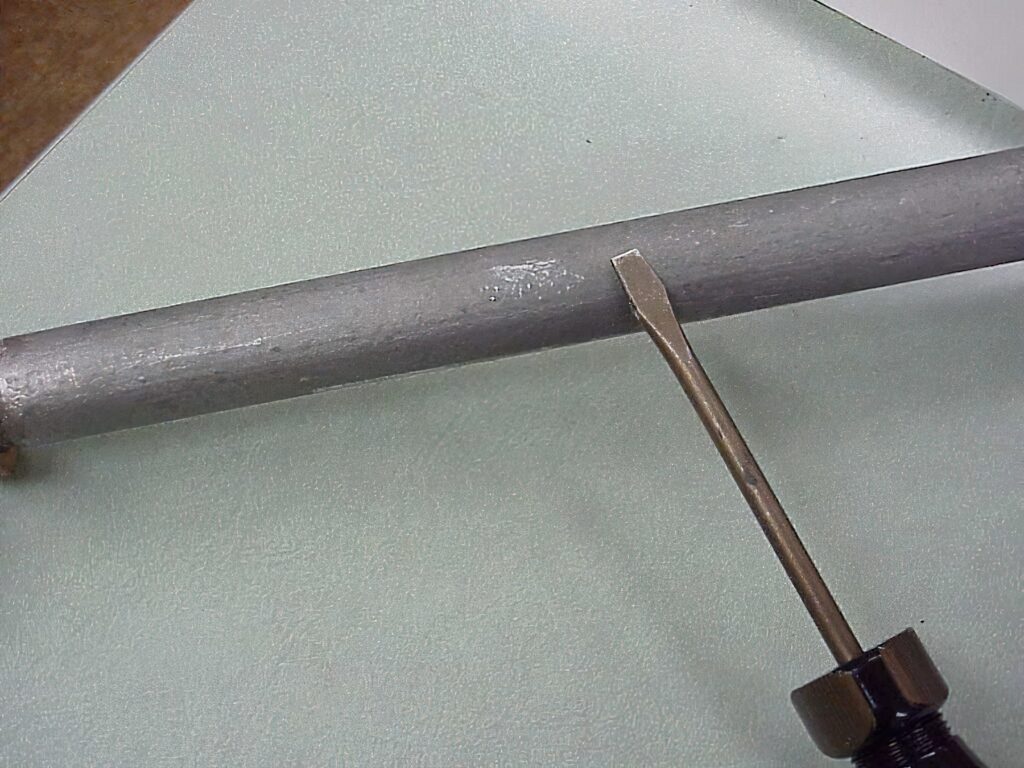
Scratch Test – The scraped area remains a dull gray
Magnet Test – The magnet sticks to the pipe
Tapping Test – Tapping a coin produces a metallic ringing noise
Step 3:
Submit your results. Completing the self-identification form online will quickly and easily tell us if you have a lead line in your home or not. Even if it’s clear you don’t have a lead line, we still have to include your results in the inventory.
Do not be alarmed if you do find lead. Our corrosion control additive protects your water by coating your pipes. Our Water Treatment Department will provide you with tips on how to reduce potential exposure and steps to remove the lead line from your home or business.
If you are a Carrollton water customer and unable to make this determination on your own or have questions, please contact us at servicelineinventory@carrollton-ga.gov, or 770-830-2037.
